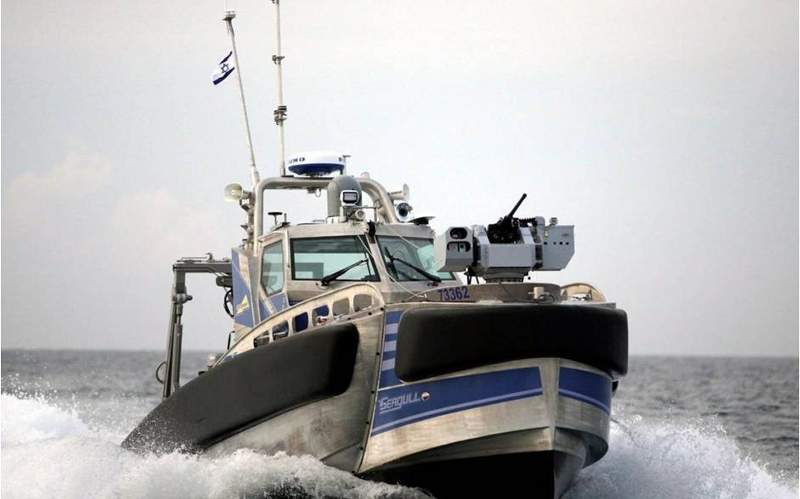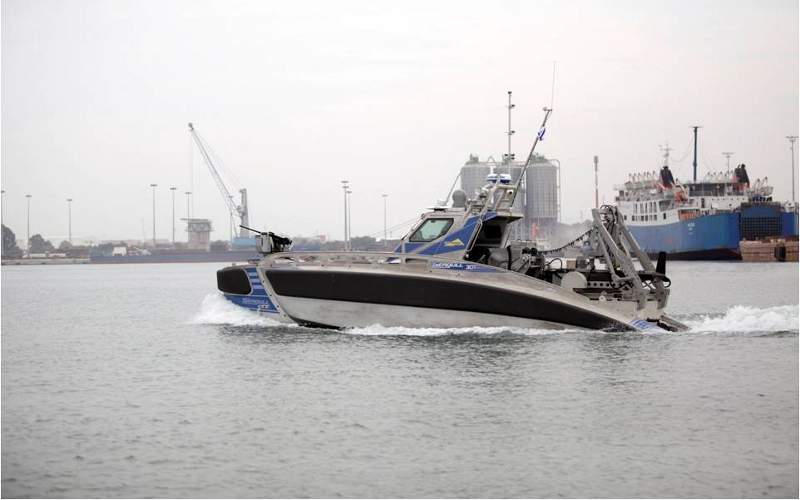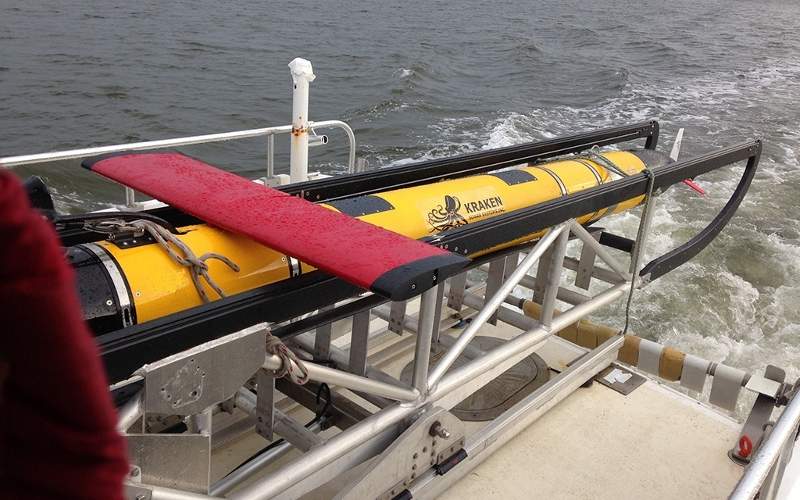Seagull is a multi-role unmanned surface vessel (USV) manufactured by Elbit Systems to meet the maritime warfare mission requirements of naval forces worldwide.
Unveiled at the Singapore Airshow held in February 2016, the vessel is capable of conducting mine countermeasures (MCM) involving the detection, categorisation, localisation, recognition and neutralisation of seabed, tied up and floating naval mines.
It can also be deployed in anti-submarine warfare (ASW), intelligence, surveillance and reconnaissance (ISR), electronic warfare (EW), maritime security, and hydrography missions.
Elbit successfully demonstrated the MCM capabilities of a Seagull USV integrated with Klein 5900 multi-beam mine hunting side-scan sonar, during MCM exercises conducted in the Mediterranean Sea in March 2016.
Seagull USV design and features
Seagull is a 12m boat made of aluminium and composite materials. The boat incorporates removable floats and a bridge dynamic positioning system, which can be configured according to the customer’s requirements.
The vessel offers a highly autonomous and safe seagoing capability, can operate in sea states up to four and survive sea state seven.
Its features minimise risk to human life and significantly reduce procurement and operating costs.
Mission control system
The Seagull USV is operated from port or mother-ship and can be controlled by a single mission control system (MCS). It can be operated in manned and unmanned modes. The built-in command, control, communications, computers and intelligence (C4I) capabilities of the MCS enable the control of two USVs simultaneously. The C4I capabilities further provide operators with situational awareness of the area of operation.
The highly autonomous MCS supports the integration of modular payloads and also allows the swiping of payloads according to the mission requirements. The operations of the USV are operator-controlled using line of sight and SATCOM data links.
Seagull USV mission payloads
The Seagull USV carries modular mission payload systems including navigation, sailing and safety suite, electro-optical (EO) / infrared (IR) sensors, side-scan sonar or synthetic aperture sonar (SAS), forward-looking sonar or multibeam echo sounder, diver detection sonar, and dipping sonar.
The vessel can also carry a diver’s neutralisation system, remotely-operated vehicle (ROV), as well as electronic support measures (ESM) and electronic countermeasures (ECM) systems.
Equipped to perform extensive search missions across vast water volumes, the Seagull USV can launch expendable mine disposal vehicles to clear mines. The maximum payload capacity of the vessel is 2,500kg.
The on-board autonomous navigation system (ANS) integrates an obstacle avoidance system, which meets the international regulations for precluding collisions at sea.
Kraken Sonar was awarded a contract by Elbit Systems to deliver the KATFISH (Kraken Active Tow FISH) towed sonar system for the Seagull USV, in February 2016. The KATFISH provides real-time ultra-high resolution seabed imagery and maps for a range of maritime applications.
Remote control weapon system and machine gun
The Seagull USV is armed with a remote control weapon system mounted with a 12.7mm machine gun. The torpedo launching system on the vessel allows the firing of torpedoes against hostile submarines and ensures the protection of naval assets, critical sea areas and high-value assets from submarines. The USV also incorporates a non-lethal weapon system.
Seagull USV propulsion
The propulsion system integrates two diesel engines, two propellers and a pair of thrusters. The USV has a maximum speed of 60km/h and can continuously operate at sea for more than four days.










